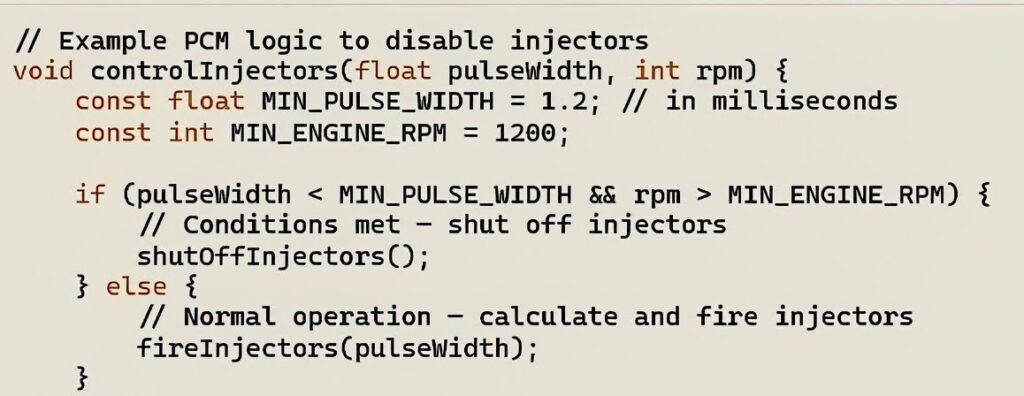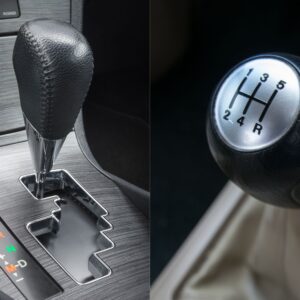Driving an automatic transmission vehicle is relatively easy, especially compared to manual transmission vehicles. That being said, there are still a few pitfalls of automatic car driving that you should avoid.
Automatic Transmission Vehicle Driving Mistakes To Avoid
These driving mistakes can damage your vehicle’s automatic transmission, leading to costly repair bills. Here’s what you need to look out for:
Descending an Incline in Neutral Mode
On downhill roads, you shouldn’t shift your automatic vehicle to neutral. It reduces the oil supply in the engine and deprives the transmission of proper lubrication if you do. This can cause long-term damage to the engine and lead to components wearing down faster.
Furthermore, you aren’t saving fuel because when you’re coasting in gear, the PCM shuts off the fuel injector. If you shift into neutral, the injectors will be delivering fuel to allow the engine to idle.

Revving the Engine Before Switching Gears
It’s common to rev the engine before switching gears. After all, it makes an impressive sound. However, if you do this frequently, it causes excessive friction between the engine components, which can cause damage in the long run.
If you move the transmission into gear with the engine speed elevated, it hammers the teeth on the engaging clutches and can cause transmission destroying damage over time.
Neutral While at a Red Light or Drive-Thru?
In hot weather, put the transmission in neutral when you’re waiting in traffic or at a drive-thru because the torque converter creates a lot of heat that can overheat the transmission. When the transmission gets hot enough it’ll boil fluid out the transmission vent and cause what looks like a huge leak. You’ll see this happen to vehicles if you watch them sit in traffic in hot weather.
Just make sure you’re paying attention to the traffic so you can drop it in gear when it’s time to move.
Switching Gears Without Stopping
While some transmissions are built to guard against reverse engagement while the vehicle is moving forward, some aren’t. The sudden shift between these gears in the middle of the vehicle moving can place a tremendous shock and strain on the transmission system. Always stop the vehicle from moving completely before shifting between reverse and drive.
Failing To Use the Park Brake
Park brakes are important in both manual and automatic transmission vehicles. They’re only designed to keep the vehicle from rolling, but they may be useful to help stop the vehicle if the service brakes fail, although they aren’t designed for that.
While park mode does engage the parking pawl, the emergency brake serves as extra support. Not engaging the emergency brake when the vehicle is parked uphill, downhill, or in a position vulnerable to movement can cause damage to the parking pawl (though usually it won’t). It also adds an extra level of security when parking on flat areas as well.
Pressing the Gas Pedal Too Abruptly
Abruptly pressing the gas pedal too often can force the automatic transmission to downshift, which in turn leads to more responsive acceleration. This won’t hurt the transmission, but it can lead to increased fuel consumption and tire wear. Only use it when necessary unless you have a lot of money to spend on fuel and tires.erheating.
Tips for Driving an Automatic Transmission Vehicle
Now you know how to drive an automatic transmission car without damaging it. Here are some additional tips for what you should do:
- Use your right foot for both the accelerator and brake pedal, and keep your left foot idle.
- Memorize your vehicle’s gear stick for easier shifting.
- Take into account that automatic cars slowly move forward in drive mode and backwards in reverse mode even without acceleration input unless you’re holding the brake.
How Does an Automatic Transmission Vehicle Work?
Automatic transmission vehicles rely on a transmission that sends power to the vehicle’s wheels and keeps the engine running within specific ranges. The transmission controls the engine’s revolutions per minute through various automatic car gear combinations, which in turn controls how much horsepower and torque the engine outputs.
The automatic transmission also has a neutral position that disconnects the engine entirely from the drive wheels, a reverse position that causes the wheels to turn in the opposite direction, and the park position where the latch mechanism inserts into a slot in the output shaft to lock the drive wheels and prevent them from turning.
In the end, driving an automatic transmission vehicle is still leagues easier than driving a manual vehicle, but that doesn’t mean you should let your guard down.
Any information provided on this Website is for informational purposes only and is not intended to replace consultation with a professional mechanic. The accuracy and timeliness of the information may change from the time of publication.





















